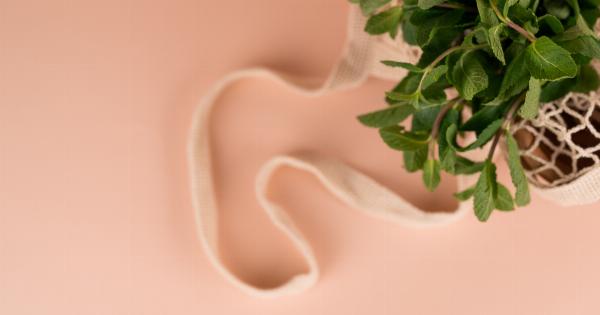Varicose veins are swollen, twisted veins that can appear on any part of the body. However, they are most commonly found on the feet and legs.
Varicose veins occur when the valves inside the veins stop working properly, causing blood to pool in the veins instead of flowing smoothly back to the heart. This pooling of blood can cause the veins to become enlarged, twisted and bulging, which can be painful and unsightly.
Causes of Varicose Veins on the Feet
There are several factors that can contribute to the development of varicose veins on the feet:.
- Standing or sitting for long periods of time
- Pregnancy
- Obesity
- Aging
- Family history of varicose veins
Easy Remedies for Varicose Veins on the Feet
If you are suffering from varicose veins on your feet, there are several remedies that can help ease the pain and reduce the appearance of the veins:.
Elevate Your Feet
Elevating your feet above heart level can help reduce swelling and improve blood flow. Try lying down and propping your feet up on a few pillows for 15-20 minutes several times a day.
Wear Compression Socks
Compression socks can help improve blood flow and prevent blood from pooling in the veins. They work by gently squeezing the legs, which helps move blood up towards the heart.
Exercise Regularly
Regular exercise can help improve circulation and strengthen the muscles in your legs. Try walking, cycling or swimming for 30 minutes a day, at least five days a week.
Avoid Standing or Sitting for Long Periods
If your job requires you to stand or sit for long periods of time, try to take frequent breaks to move around and stretch your legs. If you must sit for extended periods, try using a footrest to elevate your feet.
Maintain a Healthy Weight
Excess weight puts additional pressure on your veins, which can contribute to the development of varicose veins. Maintaining a healthy weight through diet and exercise can help prevent varicose veins from forming.
Take Regular Breaks
If you are traveling long distances by car or plane, take regular breaks to move around and stretch your legs. This can help prevent blood from pooling in your veins and leading to varicose veins.
Eat a Healthy Diet
Eating a diet rich in fruits, vegetables and whole grains can help improve circulation and support healthy veins. Try to avoid processed foods, high-sugar foods and foods high in saturated fats.
Avoid High Heels
High heels can put additional pressure on your veins, which can contribute to the development of varicose veins. Try to wear comfortable shoes with a low heel whenever possible.
Apply Heat or Cold
Applying heat or cold to your feet can help reduce swelling and relieve pain associated with varicose veins. Try applying a cold compress or heating pad to your feet for 15-20 minutes several times a day.
Surgery
If conservative treatments do not provide relief, surgery may be necessary to remove the affected veins. Your doctor can advise you on the best course of action based on your individual circumstances.
Conclusion
Varicose veins on your feet can be uncomfortable and unsightly, but there are several remedies that can help alleviate the pain and reduce the appearance of the veins.
By incorporating these easy remedies into your daily routine, you can improve circulation, reduce swelling and prevent varicose veins from getting worse.





























